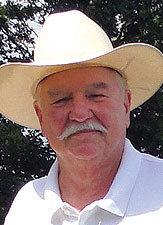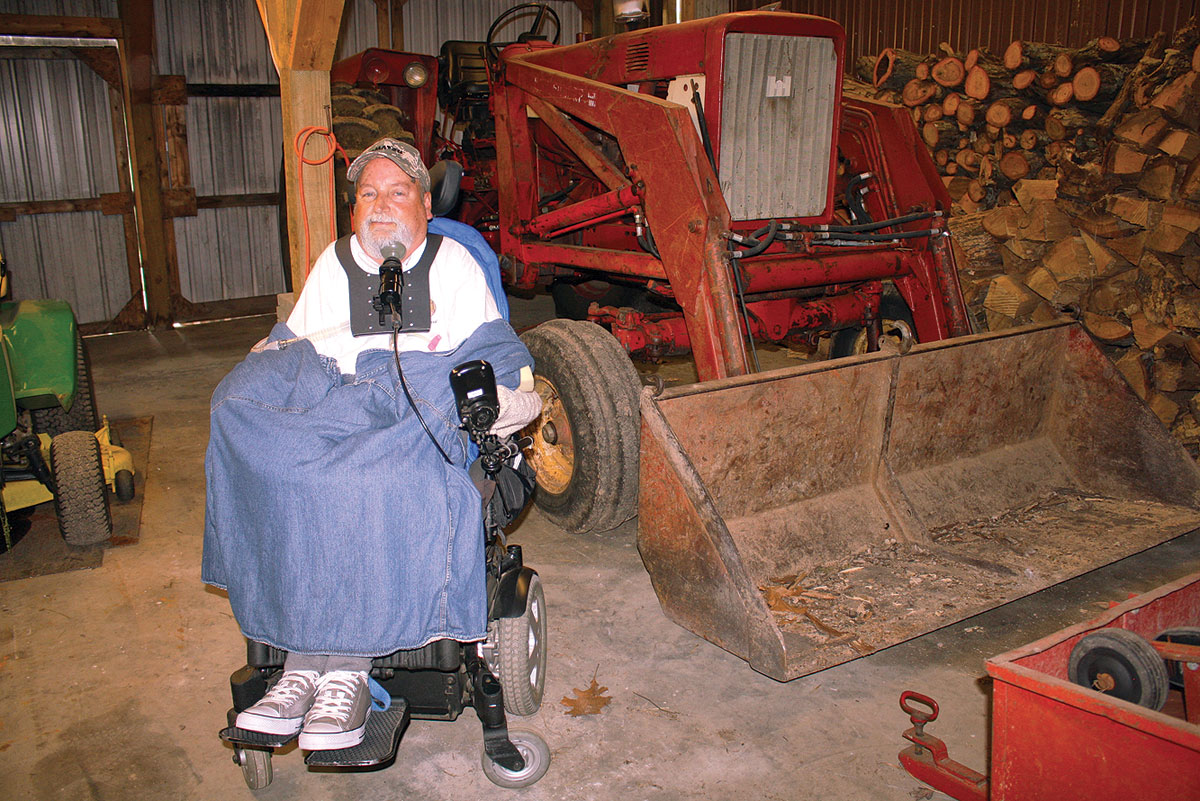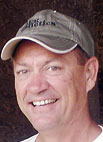 The goal of Aschermann Charolais in Carthage, Mo., is to help beef producers raise better feeder cattle. Larry and Peggy Aschermann’s method is to provide purebred Charolais and Charolais hybrids at their semi-annual sales in October and March.
The goal of Aschermann Charolais in Carthage, Mo., is to help beef producers raise better feeder cattle. Larry and Peggy Aschermann’s method is to provide purebred Charolais and Charolais hybrids at their semi-annual sales in October and March.
“Everything else is a distant second,” Larry said.
The couples’ goals match their backgrounds. Larry was raised on a corn, soybean and pig farm in Illinois. He became interested in purebred cattle at a young age when his great uncle Clyde gave him two heifers to raise on halves.
Meanwhile, Peggy came from a Kansas Hereford and wheat farm dating back to her grandfather R.E. O’Neill and father Bob.
“Cattle are more Peggy’s history than mine,” Larry said with a smile. “She is also a better judge of bulls than most of today’s livestock judges.”
When Larry came to Missouri in 1977, he discovered an industry with cattle of every size, shape and color. In the late 1980s, he saw some cattlemen starting to use Angus to create a common genetic base, a practice so wide spread that Larry believes beef producers now need to search again for another breed to reintroduce optimum hybrid vigor. Larry explained that Charolais was one of the many European breeds imported to America in the late 1960s, even though domestic Charolais have been around since the 1930s.
In France, the breed was used to produce heavily muscled, 600-pound calves consumed as veal. In this country, the breed was subjected to the American “more is better mentality” and were bred for even more massive muscling. The unsurprising result was birthing issues that have become a stubborn and not always deserved reputation.
“You can get Charolais to grow as fast as you want but other qualities are also important,” Larry said. “We use proven bloodlines to develop bulls that meet current producer and consumer preferences.”
The Aschermanns meticulously select for modest birth weight and good disposition, as well as sound feet and legs that hold up on the rocky ground so prevalent in the area.
Producing genetically desirable bulls requires a carefully controlled breeding process. In the case of the Aschermanns, this means reliance on artificial insemination and embryo transfer. Their program includes flushing 15 or so elite donors that range from a virgin heifer to a 15-year-old cow. Those flushed eggs will be used for ET within the herd. Cows and bulls are individually matched to accommodate commercial cattlemen whose herd needs vary greatly, thus requiring bulls with different traits.
Another aspect of the Aschermann method is providing hybrid bulls that can increase productivity on pure-line cow herds up to 25 percent. Further, the Aschermanns cater to the currently most desirable blonde color in feeder cattle as documented by the USDA market reporting system. In fact, some buyers will only buy Charolais cross bulls for both color and vigor.
“Seed stock producers are tinkerers by nature because improvements are always possible and hybrid vigor enhances cow herd production,” Larry said.
In 2002, the Aschermanns started using Black Angus to create their first hybrids, but quickly changed to Red Angus, which they still use.
Then in 2013, Larry found Red Akaushi from Japan, also known as Wagyu or Kobe, and quietly started a new hybrid experiment with excellent early results, especially important because the breed is known best known for prime quality meat.
“Raising bulls is like producing fine wine,” Larry said. “Time is your ally.”
According to Larry, reduced energy levels from feeding less grain encourages more forage consumption and exercise, which in turn allows bones and joints to gain strength to accommodate the animal’s eventual mature weight. The Aschermanns promote optimum rather than maximum growth so that at 18 months of age their bulls are ready for heavy service.
“The result is a hard, lean breeding machine that has both stamina and longevity,” Larry explained.
Calf producer profits are determined by weight and the genetic quality of the calves, with as much as a 30 cents per pound spread on different quality calves of the same weight. Further, the feedlot owner can receive a $100 or more premium per head on a prime grading carcass over the next best, which is high choice. Simply put, better beef brings more money regardless of market fluctuations and only 5 percent of all the beef produced is prime, not nearly enough to meet even restaurant needs.
The Aschermanns seek to take the gamble out of herd sire selection for everyone. While 90 to 95 percent of their bulls are purebred Charolais, 5 to 10 percent are hybrids so the Aschermann auctions can be a one-stop breeding bull source. “Because we do not sell by private treaty, our bulls are not picked over and everyone gets a chance to buy the very best,” Larry said.
Other customer assistance is provided by presale videos the weekend before the auction for those interested, with the entire auction being shown live for those unable to attend.
Savvy producers recognize the need to add hybrid vigor to what is now a predominantly Angus-based cow herd. The Aschermanns are pleased to offer what their many years of experience and experimentation have produced in the Charolais breed.







